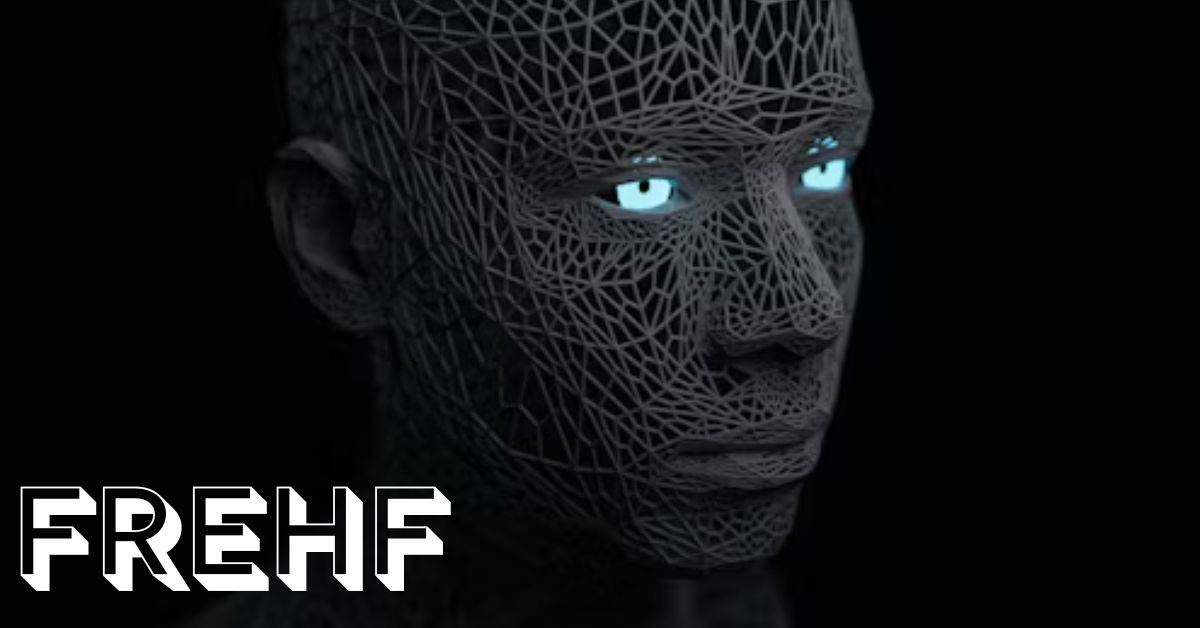Frehf: A Revolutionary Discovery in High-Energy Particle Physics
Introduction to Frehf
In the realm of advanced physics, where the laws of nature are continuously tested and redefined, researchers have uncovered a previously unknown property of matter—Frehf. Detected during a series of high-energy particle collisions, Frehf is not merely another theoretical concept. It appears to be a fundamental characteristic influencing how subatomic particles behave under extreme conditions.
Unlike conventional forces or known matter states, Frehf exhibits qualities that do not align with any existing category within the Standard Model. This has sparked curiosity and excitement among physicists, as Frehf may potentially open the door to new physics beyond what we currently understand.
What Makes Frehf Unique?
Frehf does not conform to established properties like charge, spin, or mass. Instead, it emerges only when particles are subjected to extraordinarily high-energy environments—such as those recreated in particle accelerators. When these intense conditions are reached, particles begin to behave in unexpected ways, and Frehf appears to be the underlying cause of these anomalies.
This property doesn’t manifest in everyday matter. That makes it elusive, detectable only through precision experiments that require powerful technology and carefully controlled scenarios. Its uniqueness lies in its conditional appearance and non-replicability outside extreme energy states.
Observational Milestones
The first clues pointing toward Frehf emerged when physicists noticed consistent irregularities in particle decay patterns during certain high-energy collisions. These patterns defied current quantum mechanical predictions.
Repeated experiments across multiple laboratories showed:
- Anomalous particle pairings
- Decay delays under identical energy inputs
- Unexpected shifts in field interactions
These were not random occurrences. The outcomes were reproducible but only when very specific energy thresholds were surpassed. After eliminating all known variables, researchers were left with an unexplained factor—this was named Frehf.
Defining Characteristics of Frehf
While still being explored, Frehf is thought to possess the following features:
1. Energy-Activated Property
Frehf becomes relevant only in extreme energy environments—beyond levels where normal matter transitions into quark-gluon plasma. This suggests it is dormant in all lower-energy states.
2. Influence on Particle Behavior
Frehf does not seem to be a force, but it modulates how particles interact with each other. It slightly changes trajectory paths, interaction ranges, and even decay timing.
3. Transitory Presence
Unlike matter or radiation, Frehf is not persistent. It exists momentarily during high-energy collisions and dissipates quickly, leaving behind altered states of the affected particles.
4. Neutral Signature
It does not carry a charge, mass, or direction. This neutrality is what makes it difficult to trace directly—it must be inferred through indirect effects.
Theoretical Implications
The existence of Frehf could challenge many principles that underpin particle physics. If confirmed as a universal property of matter under extreme conditions, it may:
- Revise the Standard Model by adding a new layer of particle behavior
- Support multiverse theories, as similar anomalies might occur in alternate energy-dense realities
- Bridge gaps between quantum mechanics and general relativity
Frehf also hints at a hidden order in particle dynamics that only surfaces when energy density reaches a certain critical point. This suggests we may be missing entire frameworks of matter behavior simply because our typical conditions don’t activate them.
Experimental Efforts and Challenges
Studying Frehf poses a range of difficulties. The main issue is replicating consistent high-energy conditions that allow for sustained observation. Experiments require massive amounts of energy and precision timing.
Some current approaches include:
- Upgraded particle colliders with enhanced magnetic field control
- AI-assisted pattern recognition to track Frehf’s indirect effects
- Temperature-controlled vacuum chambers for pure-state environments
Despite technological limitations, international research teams are sharing data in hopes of building a unified model around Frehf.
Potential Applications of Frehf
While still theoretical, understanding Frehf could eventually lead to revolutionary applications. For example:
- Advanced computing: Frehf may enable new types of quantum processors that use energy fluctuation instead of qubit stability.
- Energy storage: If Frehf interaction can be artificially triggered, it might serve as a basis for storing high-density energy.
- Teleportation frameworks: Some believe Frehf might be a clue toward manipulating space-time at subatomic scales.
These ideas remain speculative, but the discovery of Frehf pushes us to rethink what is possible.
Philosophical Impact of Frehf
Beyond scientific ramifications, Frehf challenges our philosophical understanding of matter. Until now, properties were considered fixed across contexts—what changed was how they were measured. Frehf, however, suggests conditional properties exist, dependent solely on the environment.
It introduces the concept that matter might contain layers of reality that become visible only when tested beyond normal thresholds. This forces a reevaluation of what we mean by “fundamental.”
The Future of Frehf Research
The next decade will likely see an explosion in Frehf-focused research. Several global labs are planning:
- New-generation detectors designed to catch Frehf events more accurately
- Simulation models to predict when and where Frehf might arise
- Collaborative data ecosystems to allow worldwide sharing of Frehf-related discoveries
Physicists are optimistic that further breakthroughs could help refine Frehf’s definition and place it within a more complete understanding of the universe.
Final Thoughts
Frehf stands as one of the most promising discoveries in high-energy physics. While much about it remains unknown, what is clear is that it opens up a new dimension of inquiry into how particles behave, especially in extreme conditions. As experiments become more sophisticated, the veil surrounding Frehf may lift, giving us deeper insights into the fundamental nature of reality.






